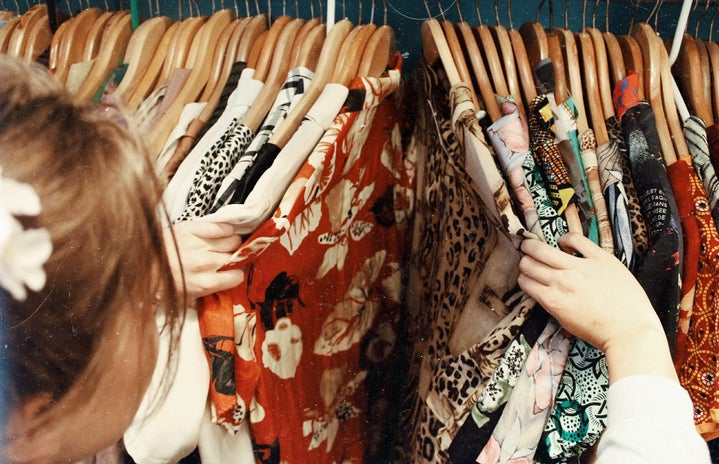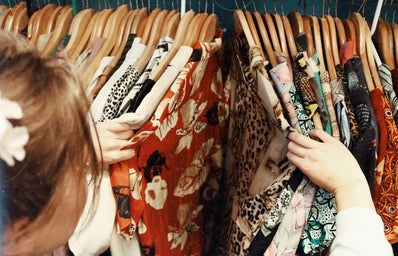Fashion is always evolving, with new styles and trends emerging all the time. However, there are some fashion trends that have stood the test of time and continue to make a comeback time and time again. Here are a few of these enduring trends and their fascinating histories.
Puff sleeves are a classic fashion trend that has been around for centuries. These sleeves first rose to prominence in the 14th and 15th centuries, when they were worn by royalty and the wealthy elite as a symbol of status and wealth. During the Victorian era, puff sleeves became even more popular on dresses and blouses. The sleeves were often made of delicate, sheer fabrics like lace and chiffon, and were decorated with intricate embroidery and beading. In the 1950s, puff sleeves made a comeback in the form of the iconic “New Look” silhouette popularised by Christian Dior. Today, puff sleeves continue to be a beloved trend in fashion, with their romantic and feminine silhouette adding a touch of vintage charm to any outfit.
Bright colours have also been a staple of fashion for centuries. In the past, fashion was often associated with neutral colours like black, white, and beige. This was especially true during the Victorian era, when clothing was seen as a symbol of propriety and modesty. Bright colours were often considered to be garish and were worn only by the lower classes. However, the 1960s saw the rise of the “Mod” movement, where bright, bold colours were embraced as a way to rebel against the conservative values of the previous generation. Designers like Mary Quant and Courreges made a name for themselves by incorporating bright colours into their collections, and the trend quickly spread throughout the fashion world. Today, bright colours are a staple of fashion and are embraced by designers and fashion enthusiasts alike. From neon green to electric blue, there is no limit to the bold and vibrant hues that can be found on the runway and on the streets.
High heels are another enduring fashion trend with a rich and fascinating history. The origins of high heels can be traced back to the 10th century, when they were worn by Persian horseback warriors as a way to secure their feet in stirrups. The heels also served a practical purpose for the warriors, as they helped to distribute the weight of their armour more evenly across their bodies. It wasn’t until the 16th century that high heels became associated with fashion and femininity. During this time, high heels were worn by both men and women, with the most extravagant and elaborate designs reserved for the wealthy elite. The heels were often decorated with intricate embroidery and beading, and were made of the finest materials like silk and velvet. In the 18th century, high heels became a symbol of wealth and status, with the tallest and most elaborate designs reserved for the aristocracy. However, the French Revolution in 1789 brought an end to this trend, as the populace rejected the extravagance of the aristocracy and embraced more practical and comfortable footwear. It wasn’t until the 1950s that high heels made a comeback in the world of fashion. The heels of this era were often strapless and cone-shaped, and were made of materials like patent leather and PVC. The popularity of high heels continued to grow throughout the 20th century, and they remain a staple of women’s fashion to this day.
Overall, these fashion trends may have been around for centuries, but they are still going strong. From the royal courts of the 15th century to the runways of today, these trends have stood the test of time and continue to add a touch of glamour and sophistication to any outfit. One thing is for certain: these trends are here to stay, so why not embrace them and add a touch of history to your wardrobe?


